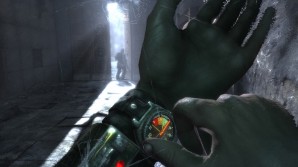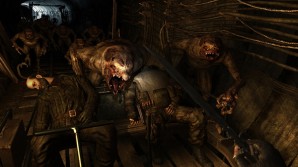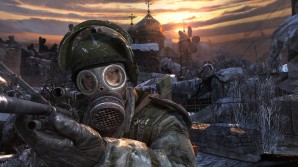Metro 2033: The Last Refuge Xbox 360, PC Review
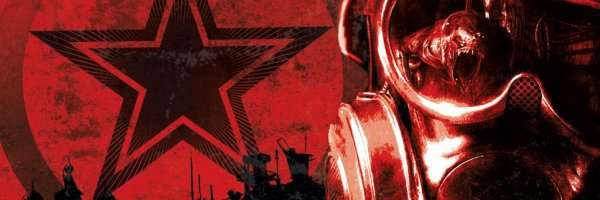
Next to World War II, the post-apocalyptic setting remains one of the most popular in gaming, especially this current generation. Many gaming studios have created their own vision of a world overrun by zombies or mutations, from the result of nuclear fallout. But none have matched the intricately crafted atmosphere created by THQ’s Russian developers.
It seems fitting, considering the tragedy of Chernobyl in the former USSR, that the Russians would have a sensitive grasp over the fear of an irradiated wasteland, given the darker-than-usual aesthetics found in the S.T.A.L.K.E.R. series of games. 4A Games, a development group consisting of former S.T.A.L.K.E.R. members have now released Metro 2033; an alternate, and underground, take on the post-apocalyptic genre. But does this newest release stand above the charred ashes of its predecessors, or will it only contribute to an impending burnout of the genre?

Based on the novel by Russian author Dmitry Glukhovsky (a fact that the game constantly points out through its placement of books and posters throughout the course of the story), Metro 2033 tells a tale of life underground, as the last remaining survivors from a nuclear attack on Moscow have established a new life beneath the charred city, forming several (and often conflicting) societies across the underground tunnels and subway systems. When they’re not busy shooting each other over the scarce scraps of food and weapons, the Russian refuges are routinely attacked by a horde of mutant mole-rats and other abominable creatures. On the supernatural side of things, ghostly apparitions referred to as Dark Ones wreak havoc in the darkest parts of the stations, causing violent (and often deadly) hallucinations to anyone unfortunate enough to get caught in their wake.
Main character Artyom serves as the typical first-person silent protagonist (not counting his narrations during chapter transitions). He is a young metro-born refugee who dreams of a life he’s never witnessed. An outside world with clear skies and green fields. Compelled to leave his home to join a resistance group determined to rid the subways of its mutant menace, Artyom begins a journey that will have him interact with several allies, along with adversaries, and discover a surprising aversion to the Dark Ones’ mental hold. This results in several cryptic freak-outs that slowly unravel as the plot progresses.
Metro 2033 seems like a standard poster child of the FPS genre. Players can equip a certain number of guns at a time, including a survival knife and med-kits for those critical situations. Spare ammo and equipment can be procured from the fresh corpses of slain enemies, or from unfortunate victims who tried and failed at subterranean survival.
However, a couple of additions give the game some notoriety. The most notable example being the gas mask: in order to freely travel the outside world without succumbing to the poisonous atmosphere, Artyom must wear a gas mask with accompanying filters to breathe safely. But if you sustain too many attacks from enemies, your mask may crack wide open, requiring a quick replacement from a nearby corpse. The next innovative feature is the currency system. Purchases are made with military grade ammunition. These golden bullets can also be used against enemies, delivering an extra bit of damage, but resorting to this ammo can literally result in shooting away your money.
Both of these features serve as part of the aesthetics of Metro 2033, creating a realistic atmosphere that’s both hellish and detailed. The plight of the metro residents can be felt in their claustrophobic living spaces and ragged clothing, while each settlement contains many small details that create a lived-in feel throughout. This carries over to the minimal HUD surrounding the player at all times, with the lack of visual indicators for depleted health and oxygen. Such critical stats are gauged by Artyom’s frantic breathing or the increasing heartbeats, while an on-screen watch and compass also tells him where to go, or how much oxygen is remaining in his filter, respectively. A battery-powered flashlight used to illuminate dark tunnels and passages (of which there are many) requires recharging to keep its maximum brightness. Many of the guns also feature a realistic approach, such as pump-based weapons that deliver an extra dose of stopping power when charged successfully.
Indeed, Metro 2033 is alive with death and decay in every area, with hobbled-together communities filled with weapon vendors and howling monstrosities hiding behind bombed out buildings in the surface world above. Fans of the S.T.A.L.K.E.R. series will especially delight in this graphically updated follow-up, but may also grow quickly disappointed in its linear structure. Rather than providing an open world where players can go as they please, Metro 2033 has its path laid out through chapters and straightforward goals. For FPS veterans, this will make little difference, and the eerie mood and intense shootouts remain consistent in each chapter.
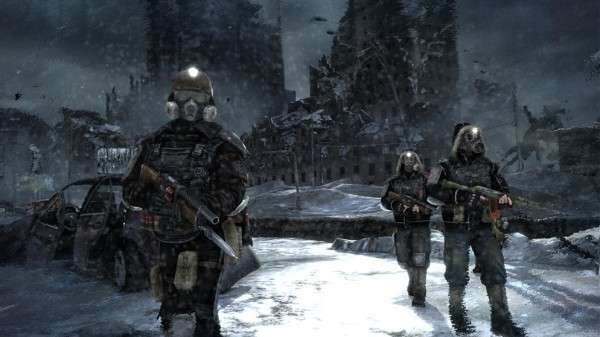
What fails to be quite as consistent is the difficulty. It ranges from average to utterly frustrating in certain areas; particularly one situation where Artyom must sneak past (and eventually shoot down) an army of neo-Nazis in their home base, while an even more infuriating chapter has him escorting a young boy while carrying him on his shoulders, resulting in some purposely lanky controls while trying to fend off an almost endless wave of hungry mutants. A basic staple of FPS games, the ability to shoot and mêlée simultaneously, is also absent, leaving players who find themselves one bullet short forced to quickly switch weapons while taking considerable damage.
Such frustrations aside, Metro 2033 is still a pleasant addition to an otherwise played-out genre and setting. Survival horror enthusiasts will especially delight in the game’s sound design, featuring some blood-curdling howls and noises from creatures looming in the distance, while the sudden appearance of shadows and other phantasmal entities create an unending level of tension. It may not rise and dominate the FPS apocalypse, but it does have enough resources to last players for several nuclear winters.

